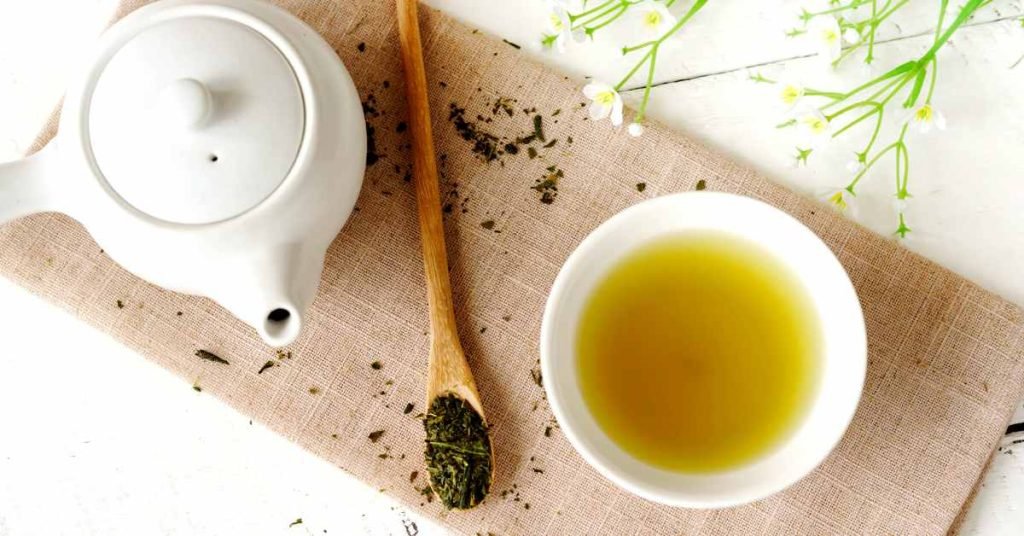The Enchanting Journey of the Tea Plant: From Leaf to Infusion
In a world captivated by beverages of all kinds, there is one leafy gem that has stood the test of time, inspiring generations with its exquisite flavor, rich history, and remarkable health benefits.
We embark on a delightful exploration of the tea plant, Camellia sinensis, and unravel the secrets behind this ancient wonder that continues to bewitch and rejuvenate tea lovers worldwide.
The Origins

The story of the tea plant begins in the lush green valleys of China, where it is believed to have originated over 5,000 years ago.
Legend has it that Emperor Shen Nong discovered tea when a few leaves fell into his boiling water, releasing an alluring aroma and stimulating his curiosity.
This serendipitous encounter laid the foundation for the cultural and gastronomic phenomenon that would soon spread across the globe.
The Plant
The tea plant, with its glossy leaves and delicate white flowers, thrives in regions with fertile soil, ample rainfall, and moderate temperatures.
t is predominantly cultivated in countries such as China, India, Japan, Sri Lanka, and Kenya. What distinguishes the tea plant is its ability to adapt to diverse climates, resulting in an extensive array of tea varieties.
The Journey of the Leaf

The tea plant’s journey from leaf to infusion is a meticulous process that involves several stages:
Harvesting
Skilled farmers pluck the tender young leaves and buds, known as flushes, by hand or using specially designed machinery. The timing of the harvest is crucial, as it affects the tea’s flavor profile.
Withering
The freshly picked leaves are spread out on bamboo trays or racks, allowing them to wither under controlled conditions. This step reduces the moisture content and initiates enzymatic reactions that enhance the tea’s aroma.
Rolling
Once withered, the leaves are carefully rolled to break down cell walls, releasing essential oils and stimulating fermentation. This process varies depending on the desired tea type, whether it’s black, green, oolong, or white.
Oxidation

For black and oolong teas, oxidation is a vital step. The leaves are exposed to oxygen, triggering a chemical transformation that deepens the flavor and color. Green and white teas, however, undergo minimal oxidation, preserving their delicate characteristics.
Drying
To halt oxidation and remove residual moisture, the tea leaves are subjected to a final drying process. This step ensures the longevity and quality of the tea while locking in its distinctive flavors and aromas.
The Teas That Emerge
The diverse varieties of tea that emerge from the tea plant are as captivating as the plant itself:
Black Tea: Known for its robust flavor and dark color, black tea undergoes full oxidation. Assam, Darjeeling, and Earl Grey are beloved black tea variations cherished for their boldness and character.
Green Tea: With its vibrant green hues and fresh taste, green tea is cherished for its high levels of antioxidants. Matcha, Sencha, and Dragon Well are just a few examples of the delightful world of green tea.

Oolong Tea: Striking a delicate balance between green and black tea, oolong tea offers complex flavors and aromas. Its semi-oxidized leaves create a unique taste spectrum, ranging from light and floral to rich and toasty.
White Tea: The most delicate and minimally processed tea, white tea captivates with its subtle flavors and gentle sweetness. Bai Hao Yin Zhen and Silver Needle are prized examples of this ethereal tea type.
The Power of the Leaf
Beyond its captivating flavors, the tea plant holds an array of health benefits. Packed with antioxidants, tea can boost the immune system, promote heart health, aid digestion, and even provide a sense of calmness and relaxation.
Final Word

The tea plant, with its enchanting journey from leaf to infusion, has woven itself into the fabric of numerous cultures worldwide.
From ancient traditions to modern rituals, the tea plant continues to captivate tea enthusiasts with its rich history, diverse flavors, and myriad health benefits.
So, the next time you sip a cup of tea, take a moment to appreciate the remarkable journey of the tea plant and let its magic unfold within you.
MEDICAL DISCLAIMER
Itsnevernotteatime.com cannot and does not contain medical/health advice. The medical/health information is provided for general and educational purposes only and is not a substitute for professional advice.




